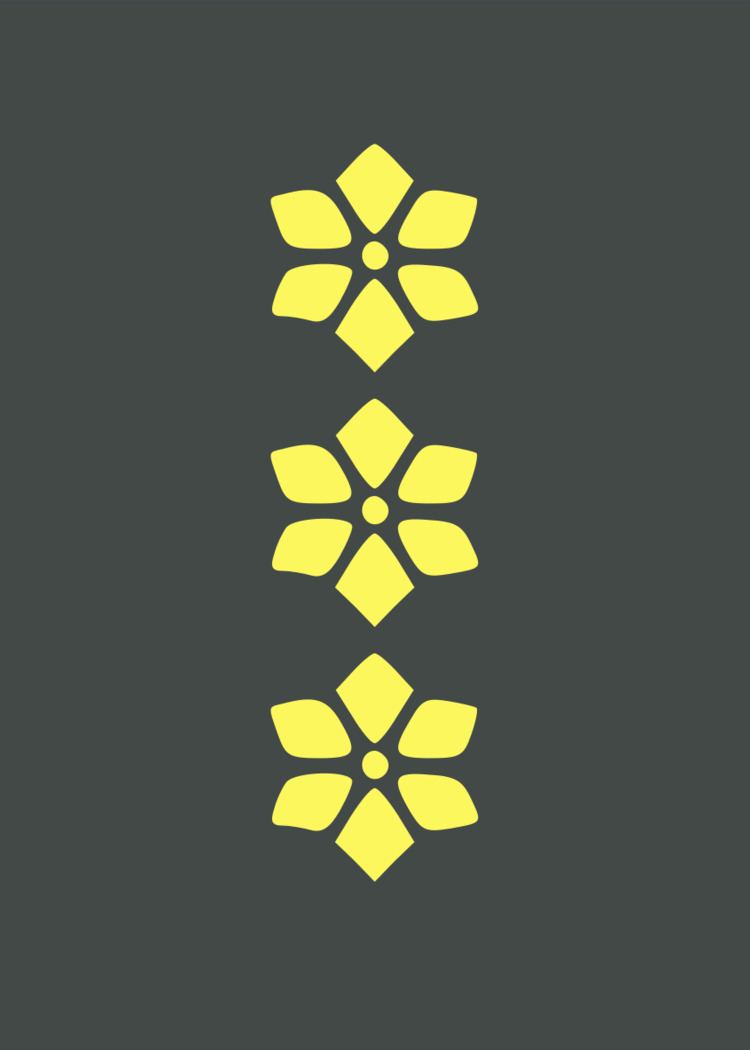 | ||
The army rank of captain (from the French capitaine) is a commissioned officer rank historically corresponding to the command of a company of soldiers. The rank is also used by some air forces and marine forces. Today, a captain is typically either the commander or second-in-command of a company or artillery battery (or United States Army cavalry troop or Commonwealth squadron). In the Chinese People's Liberation Army, a captain may also command a company, or be the second-in-command of a battalion.
Contents
In NATO countries, the rank of captain is described by the code OF-2 and is one rank above an OF-1 (lieutenant or first lieutenant) and one below an OF-3 (major or commandant). The rank of captain is generally considered to be the highest rank a soldier can achieve while remaining in the field.
In some militaries, such as United States Army and Air Force and the British Army, captain is the entry-level rank for officer candidates possessing a professional degree, namely medical professionals (doctors, pharmacists, dentists) and lawyers. (In the United States Army, lawyers who are not already officers at captain rank or above enter as lieutenants during training, and are promoted to the rank of captain after completion of their training if they are in the active component, or after a certain amount of time, usually one year from their date of commission as a lieutenant, for the reserve components.)
The rank of captain should not be confused with the naval rank of captain or with the British-influenced air force rank of group captain, both of which are equivalent to the army rank of colonel.
History
The term ultimately goes back to Late Latin capitaneus meaning "chief, prominent"; in Middle English adopted as capitayn in the 14th century, from Old French capitaine.
The military rank of captain was in use from the 1560s, referring to an officer who commands a company. The naval sense, an officer who commands a man-of-war, is somewhat earlier, from the 1550s, later extended in meaning to "master or commander of any kind of vessel". A captain in the period prior to the professionalization of the armed services of European nations subsequent to the French Revolution, during the early modern period, was a nobleman who purchased the right to head a company from the previous holder of that right. He would in turn receive money from another nobleman to serve as his lieutenant. The funding to provide for the troops came from the monarch or his government; the captain had to be responsible for it. If he was not, or was otherwise court-martialed, he would be dismissed ("cashiered"), and the monarch would receive money from another nobleman to command the company. Otherwise, the only pension for the captain was selling the right to another nobleman when he was ready to retire.
Air forces
In most countries, the air force is the junior service and so air force ranks have been adopted or modified from one of the other services. Many, such as the United States Air Force, use a rank structure and insignia similar to those of the army.
However, the United Kingdom's Royal Air Force, many other Commonwealth air forces and a few non-Commonwealth air forces use an air force-specific rank structure in which flight lieutenant is OF-2. A group captain is OF-5 and was derived from the naval rank of captain.
In the unified system of the Canadian Forces, the air force rank titles are pearl grey and increase from OF-1 to OF-5 in half strip increments.
Insignia
A variety of images illustrative of different forces' insignia for captain (or captain-equivalents) are shown below:
